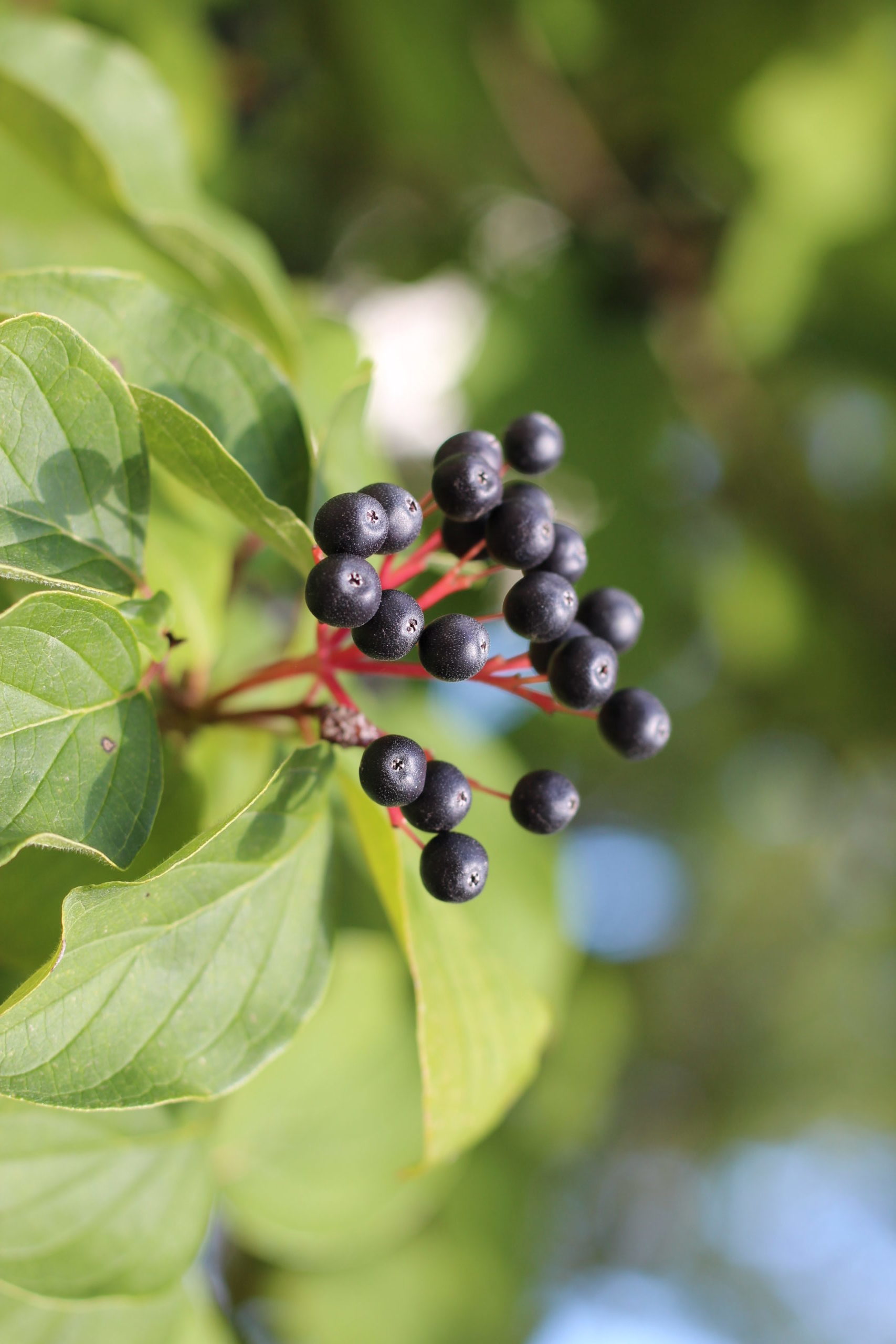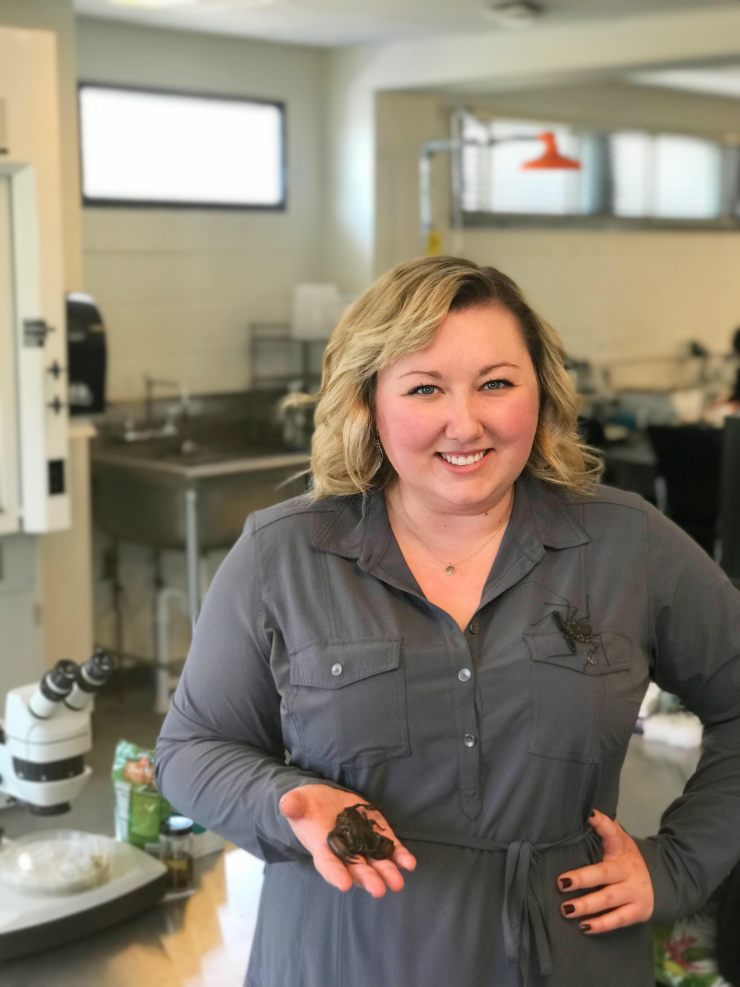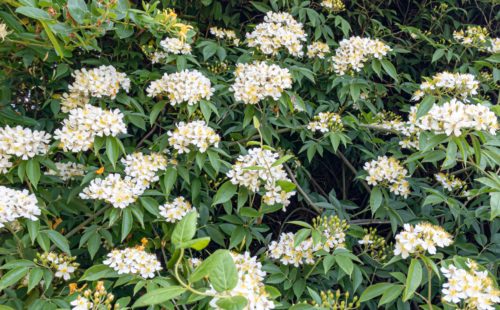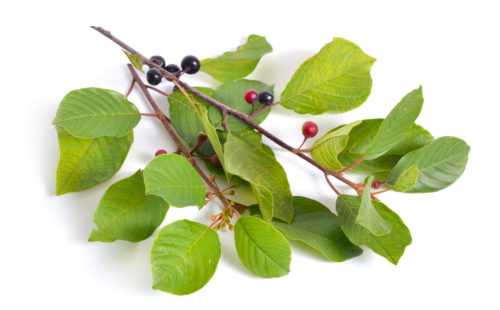News

Invasive Species Series 2020: Charismatic Shrubs

By Devan George, Communications Coordinator
Shrubs are perennial, multi-stemmed woody plants that can pop up in your yard. They are typically less than 13 to 16 ft. in height, giving them a distinction from trees. They often have several stems growing up from the ground, or a single point close to the ground. Invasive shrubs are species that have begun growing in regions not in their natural range. They are often carried to new areas by human activities and can spread onto your property as it moves across a new ecosystem. Even though some of these shrubs are charismatic, because they have pretty flowers or look leafy, they should be monitored and controlled so they do not continue to spread.
Multiflora Rose
Multiflora Rose is a species of invasive shrub in Pennsylvania, that is taking over pastures, fields, and forest edges. It is a thorny, multi-stemmed plant that can grow up to 15 ft. tall. It is recognizable by its green to red stems, with stiff, curved thorns. Berries grow on the ends of the stems and remain there over the winter. They are a charismatic species because they grow small, white to pink flowers in clusters over the entire shrub (below).

They can form impenetrable thickets that can seriously impede the movement of humans, wildlife, and livestock. First introduced to the United States as ornamental shrub, it was also used often in the 1990s as a “living fence” for livestock. It can also displace, and steal resources from native plant species as it moves into their habitat.
There are a few steps that can be taken to manage a growth of Multiflora Rose on your property. Many invasive plant species need multiple control techniques combined to combat its aggressive growth. The first step is early identification in the spring, so by reading this, you are already on the right track! Cut back the top growth, using a brush mower or conventional mower, leaving only the stump of the plant still in the ground. Using Path Finder herbicide, treat the stump to stunt its growth and kill the roots. For more herbicide options, reference this chart from the USDA.
Buckthorn

Common Buckthorn is a tall understory shrub that can grow 10-25 ft. tall, with several stems rising from the base. Though there often thorns on the ends of the stems, the plant is not unattractive, simple, dark leaves and clusters of small green-yellow flowers. There are also bunches of small, round fruits that darken to a purplish black over the course of the season.
Buckthorn can invade an area and take resources away from native species of plants and soil micro-organisms. It can also provide habitat and food for other invasive and damaging pests, including the soybean aphid and alfalfa mosaic virus and crown fungus.
To control Buckthorn, like Multiflora Rose, early identification is highly advantageous. Early in growth, Buckthorn can be easily pulled from the ground by hand. Mowing encourages future growth and seed dispersion, which is the main thing that you want to avoid when controlling Buckthorn. Effective control of this plant herbicide is necessary, a list of successful herbicides can be found here.
This spring do not be fooled by charismatic berries or flowers! Find the invasives in your yard and help control their spread.
